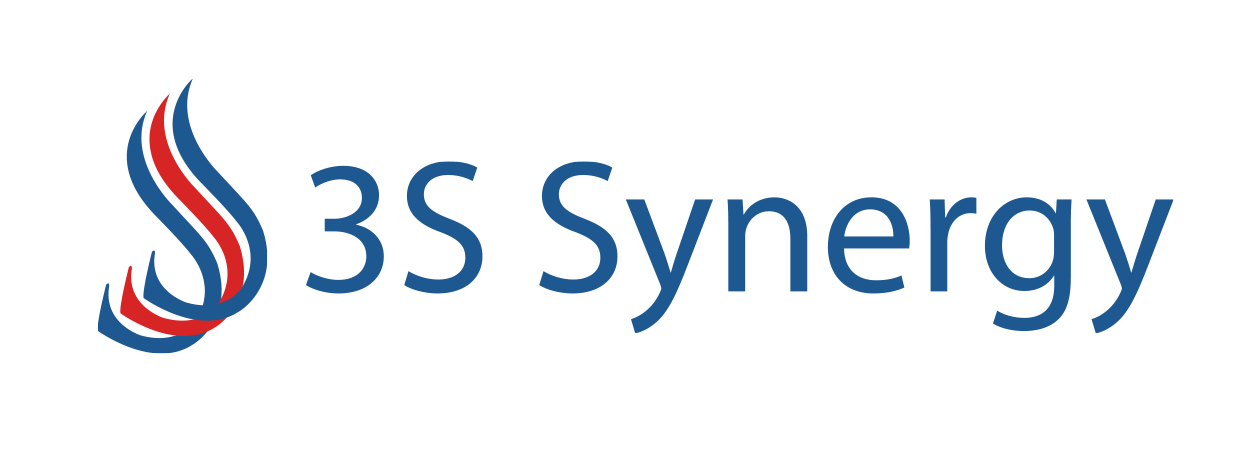Cash Flow- A tool to retain founder’s equity

Cash Flow- A tool to retain founder’s equity
Let’s agree that traditional debt in more ways has impeded than assisted a startup’s growth. With its strict covenants of higher collaterals for a lower amount of debt, high EMI stacking eating company’s cashflow, promoters often find themselves at bad end of the deal.
Hence, choosing series A funding over traditional debt makes more sense, right? Wrong. Premature funding rounds have often led to founder’s equity dilution, impacting future valuations, interruptions in management and delay in growth.
Instead, how about delaying funding rounds for venture debt. Venture debt provides the much-needed growth capital through its structured products taking comfort on the company’s cashflows. The debt is tailored and unsecured allowing founders to access working capital without immediate equity dilution. The extended runway assisted by cashflow based structured products helps companies gain flexibility in managing their funding timeline. This allows founders to strategically time their entry into the market, ensuring they achieve critical milestones, build a compelling story, generate traction, and increase their valuation potential. This positions the founder for more favourable negotiations and higher equity valuations in their first funding round.
The founders experience a sense of relief when they are liberated from the anticipated challenges of securing Series B funding especially when Series A round is relatively modest in scale. In addition, they also circumvent pain stemming from the issues of approval from existing investors, new investors not being keen in secondary investments while existing investors work for their interest to book profits.
Within one of the compelling cases that we have worked on, the Company engaged in providing IT services, had a keen interest in raising Series A funding of USD 2 million.
After reassessing the option from a founder’s perspective, they opted to raise USD 2 Mn venture debt at a pricing in mid-teens justified by its cashflow from operations. It delayed its equity funding and built a 1300 million topline. This strategic approach enabled the Company to retain and enhance its founder equity, ensuring uninterrupted operational autonomy without any board interference. By avoiding the pressure of early exit demands from equity investors, the Company could channelize its energy on business expansion and core growth activities rather than being preoccupied with investor’s pursuits.




